
Using plastic bottles to make rafts to grow aquatic vegetables, contributing to reducing environmental pollution
Taking advantage of the available surface area of ponds, lakes, canals, and ditches, each raft is reinforced with plastic bottles, then covered with nets, using water pipes as frames and fixed to the shore. After that, collect available water hyacinth on the lake surface, dry it, compost it with organic fertilizers, cover the raft and sow seeds to grow vegetables such as cucumbers, tomatoes, squash, pumpkins, gourds, squash, green mustard, etc.
Each raft uses about 15kg of plastic bottles and 60kg of composted water hyacinth. Through the roots, the vegetables will continuously filter the water, contributing to improving the water source. Growing vegetables on floating rafts helps isolate about 80% of pests, diseases and harmful insects, ensuring the quality of the vegetables. Thanks to the high humidity, the harvest time of vegetables is shorter than growing on land.
Growing vegetables in an aquatic system also gives high productivity. Taking advantage of available materials such as plastic bottles and water hyacinth creates a good and effective economic development model, contributing to reducing plastic waste, protecting the environment, and helping farmers produce clean vegetables with high nutritional content and safety for consumers. Using organic fertilizer from water hyacinth not only provides nutrients for plants but also helps protect the environment and ecosystem.
From this model, the locality encourages people to take advantage of previously exploited underground tunnels or low-lying areas that are flooded all year round to build rafts to grow clean vegetables, both improving family meals and increasing income. However, people must carefully research to ensure safety during the growing process and connect with agents and supermarkets to find stable outlets for vegetables./.
Tuan Hung
Source








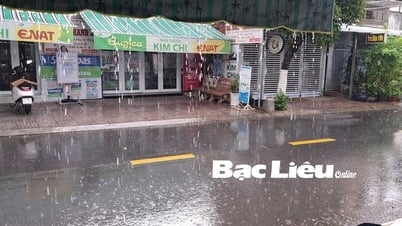
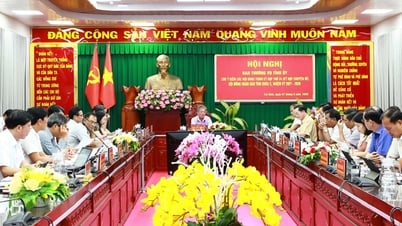
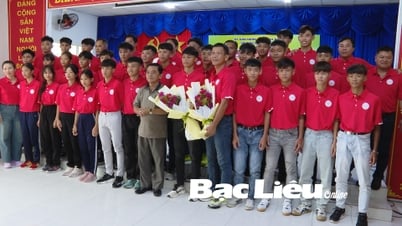
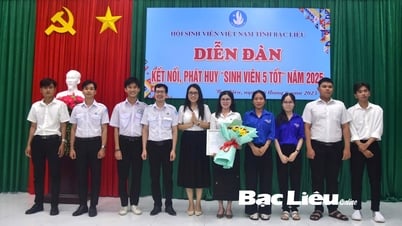










































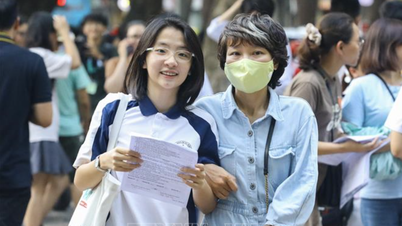
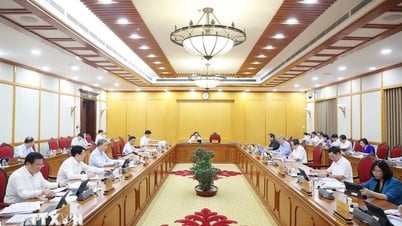












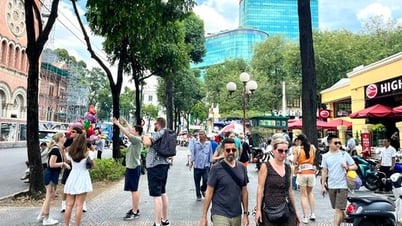


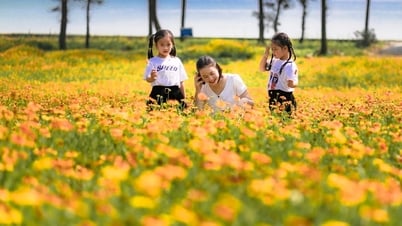

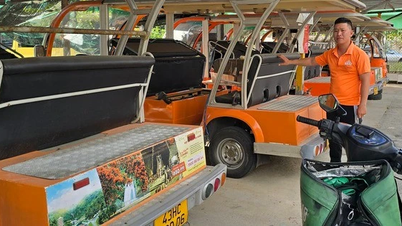



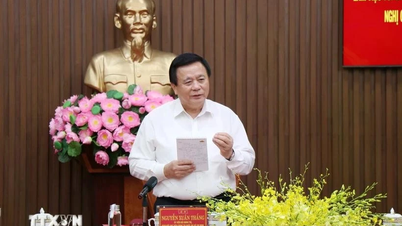
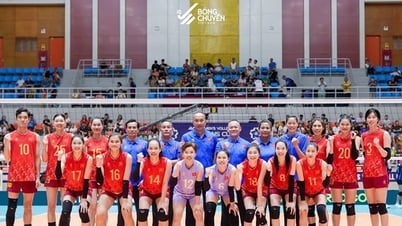







![[OCOP REVIEW] Tu Duyen Syrup - The essence of herbs from the mountains and forests of Nhu Thanh](https://vphoto.vietnam.vn/thumb/402x226/vietnam/resource/IMAGE/2025/6/5/58ca32fce4ec44039e444fbfae7e75ec)




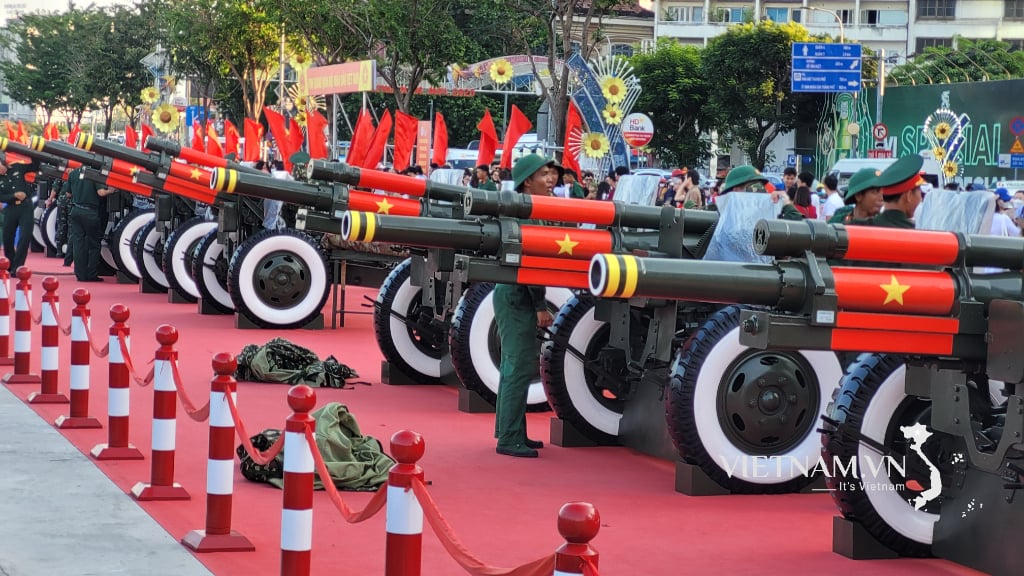

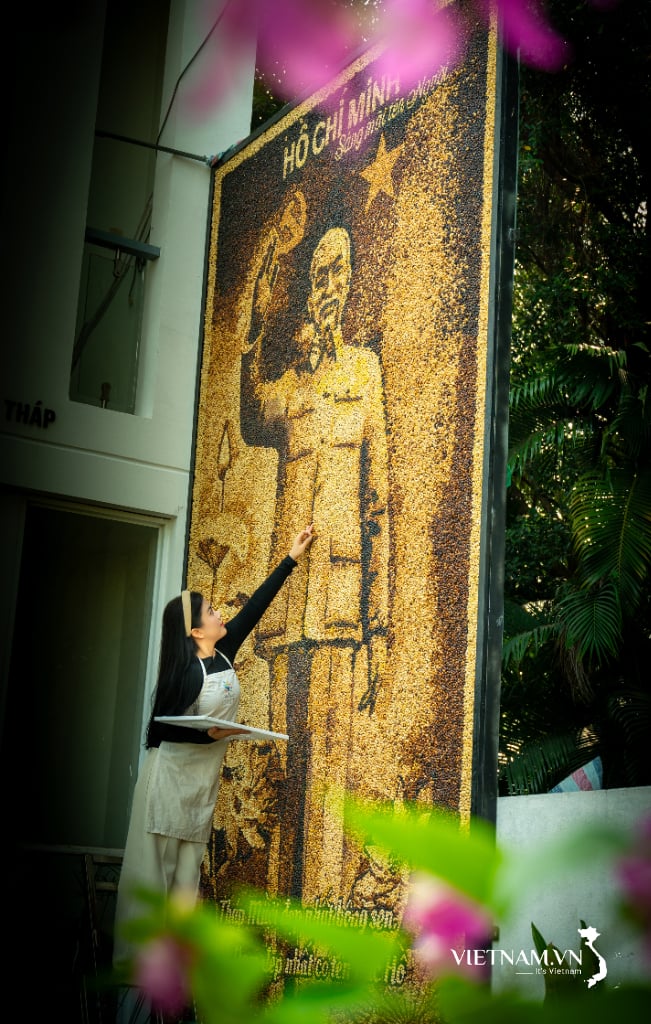
Comment (0)